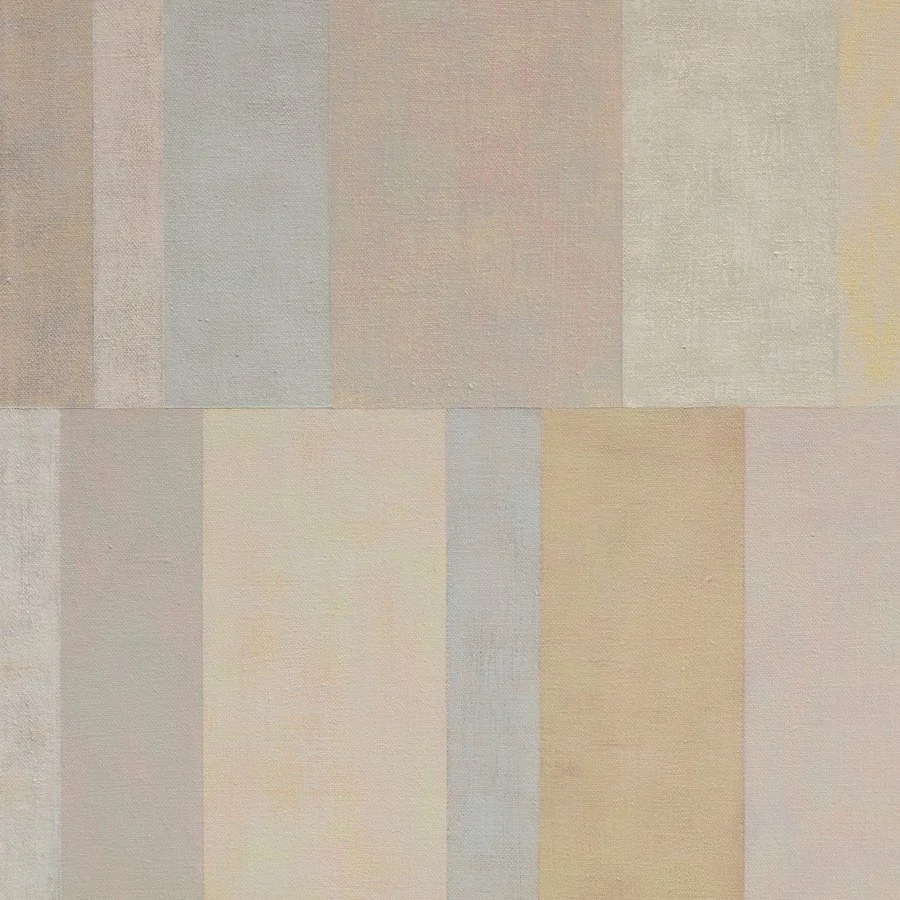A few months ago, I started a new series of paintings that, instead of fragmenting multiple versions of one source image, I began building new portraits by combining sheer layers of multiple source images. The paintings aren't completed yet, so I have no great reveal for you right now, but since I began this work, I keep bumping into parallel universes that are signalling to me I may be on the right track.
Inspired by the connection of the mirror/image to the desire for empathy and intimacy, I felt the fates twist in my favor when I recently came across a reference to "mirror neurons". Seriously, MIRROR neurons? If things couldn't get any better, it turns out this is science's name for those neurons in the brain identified as the source of our empathic instincts. I just had to know more. To start, I found this pretty good video produced by PBS's NOVA series that explains the current research findings.
And if that wasn't awesome enough, I then came across a random Tweet about an amazing artist, Megan Daalder, (who I am now painfully jealous of!) who took this idea of the mirror neuron one step (or perhaps more accurately, a million steps) further by creating a "mirror-box" to enable two individuals to physically merge their mirror reflections into one another in real time. It is a living, breathing version of what I am exploring in my paintings, and it could not be more inspiring. I beg you to watch the video about her work -- it's an amazing story of the power of art, the promise of technology, and the mysterious science of empathy.

